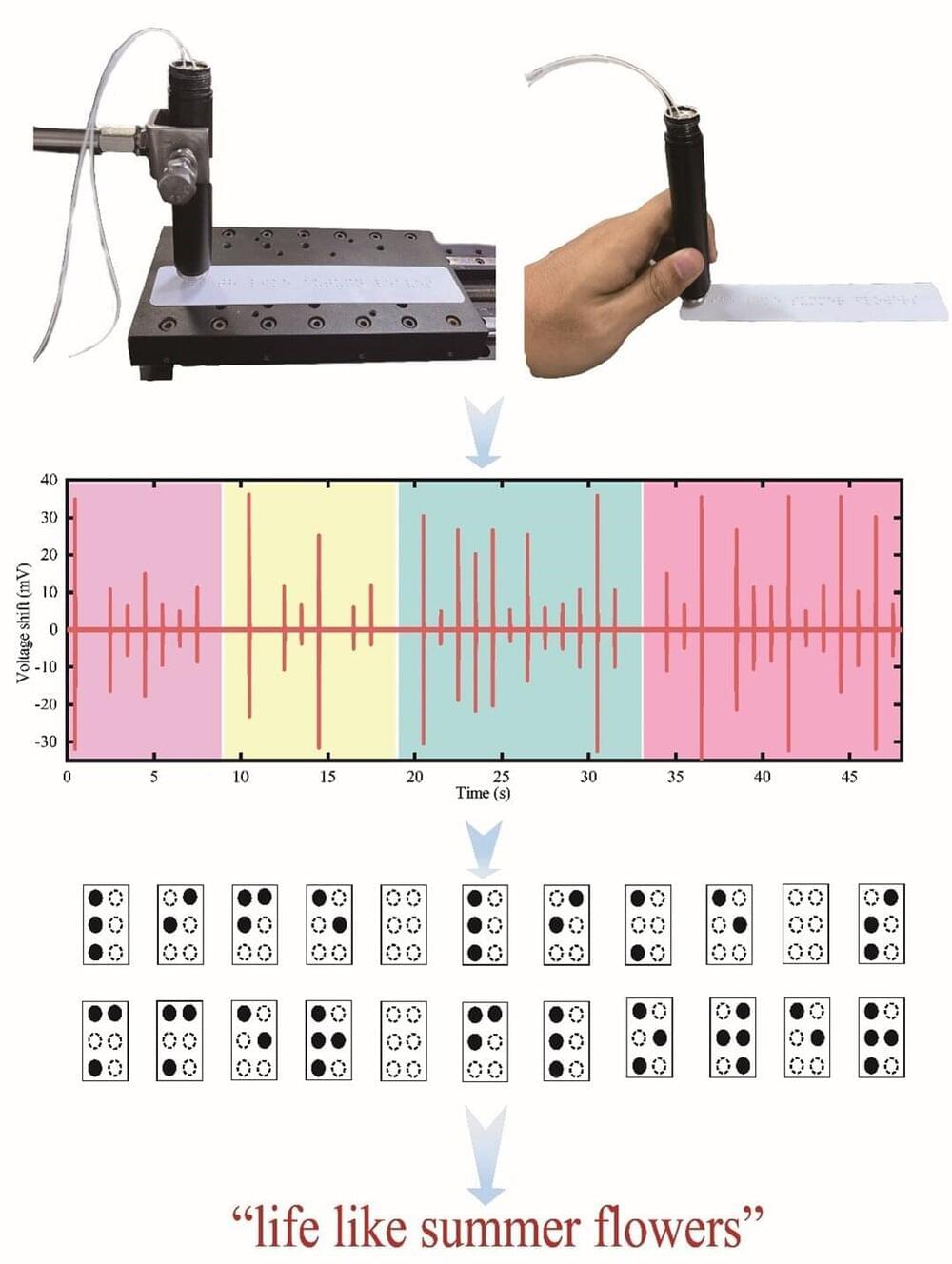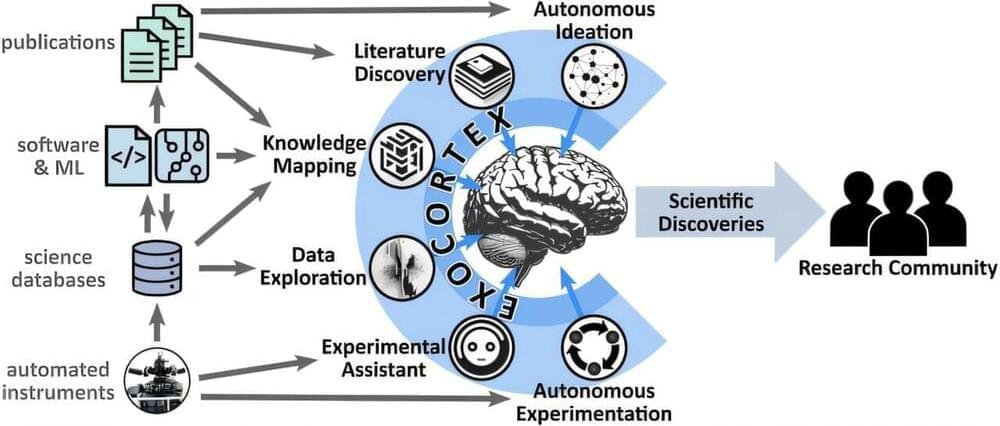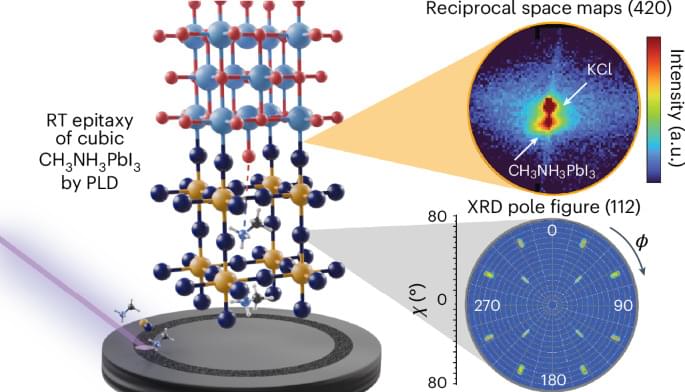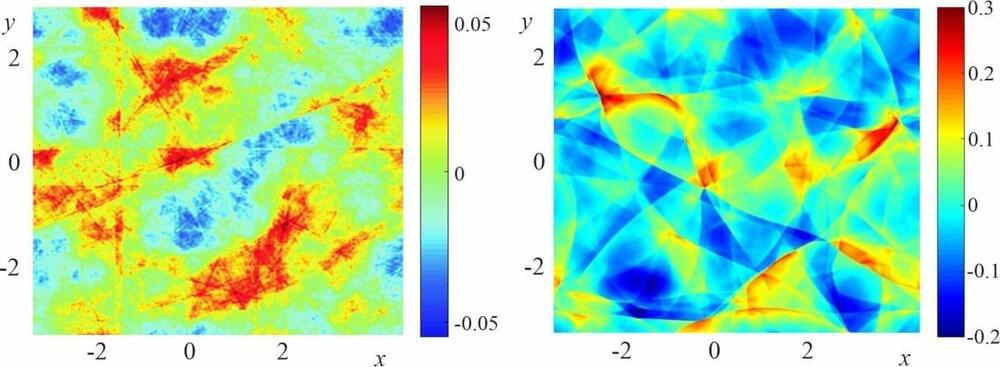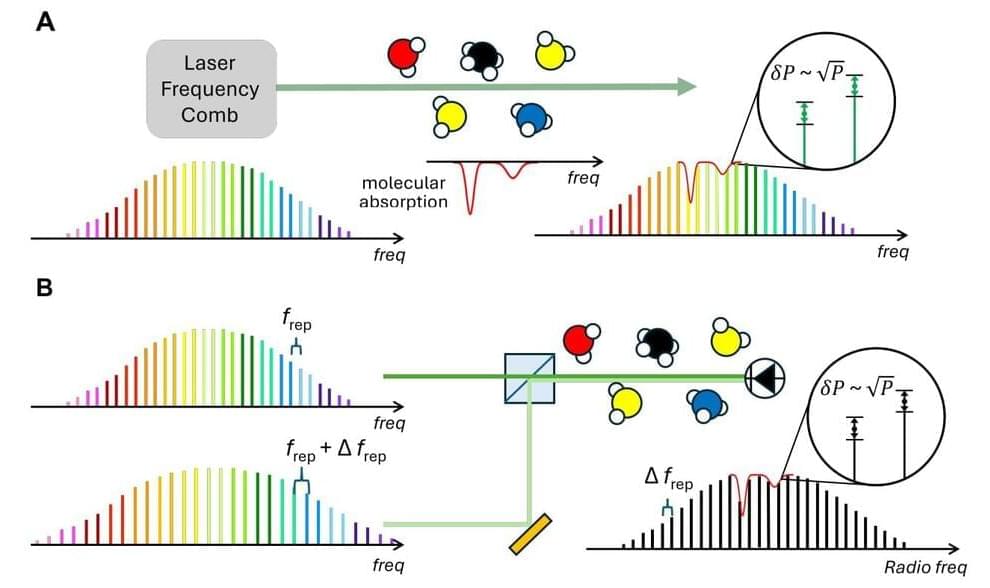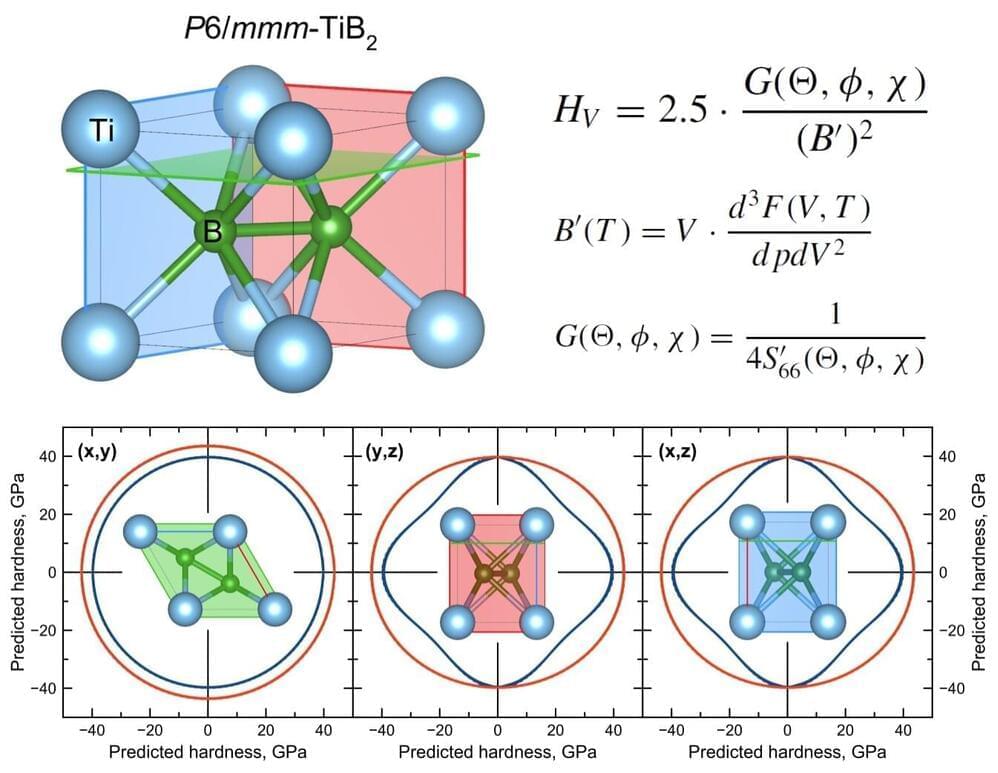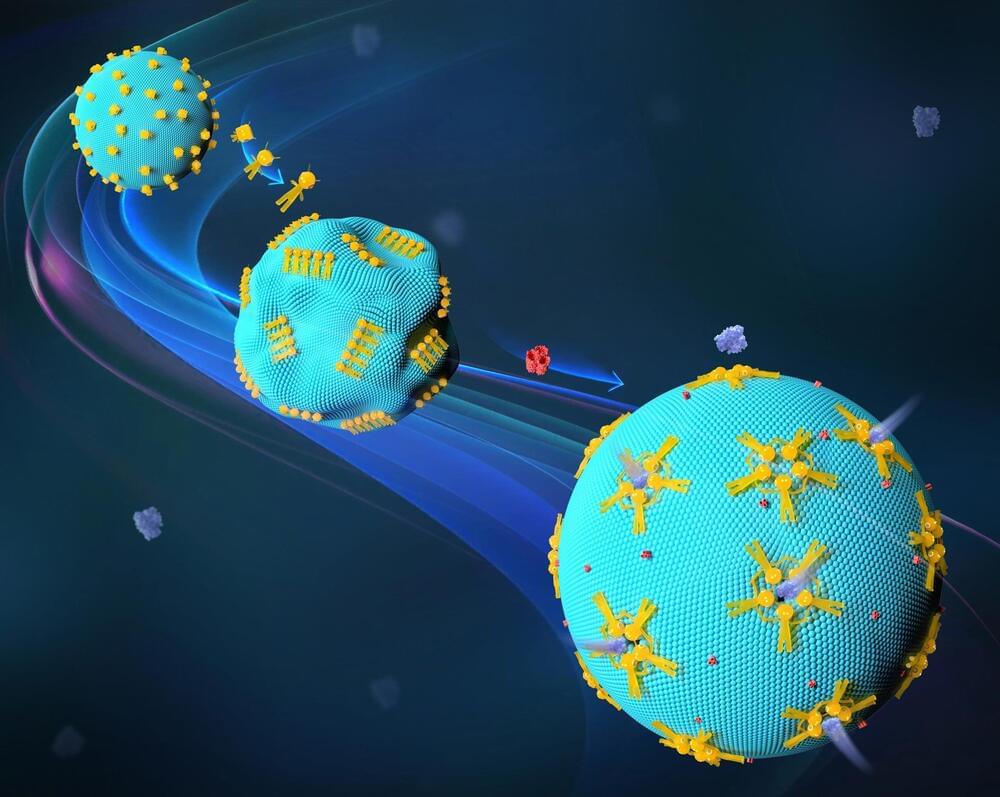An international team of chemists has successfully created methylenedistibiranes, which are three-membered rings that have two antimony atoms and one carbon atom. In their paper published in the Journal of the American Chemical Society, the group describes how they were able to make the rings using just a three-step process.
Methylenedistibiranes are generally used as intermediaries due to their ability to promote selective nucleophilic substitution, resulting in the creation of diantimonyl anions. Chemists have been wanting to be able to create them because it is difficult to use natural elements due to orbital overlap. The achievement by the team is noteworthy because making similar rings with heavier pnictogen elements like antimony and bismuth has proven to be challenging due to changes in orbital overlap trends and energies.
To create the three-membered rings, the research team first synthesized diazadistiboylidenes using [3+2]-cycloaddition between distibene and diazoolefins, which are five-membered rings that have dual antimony, nitrogen and carbon atoms. The resulting stiboylidene served as an intermediary to promote the substitution of a species with bonds formed during donation of electron pairs. The researchers note that it was a surprise to them that the reaction worked as well as it did, since there are few examples of small ring formation with more than one antimony atom.
